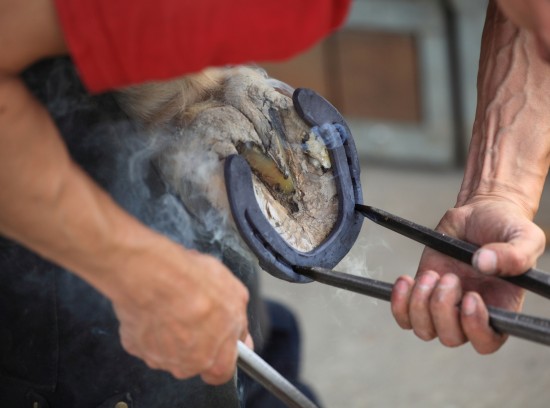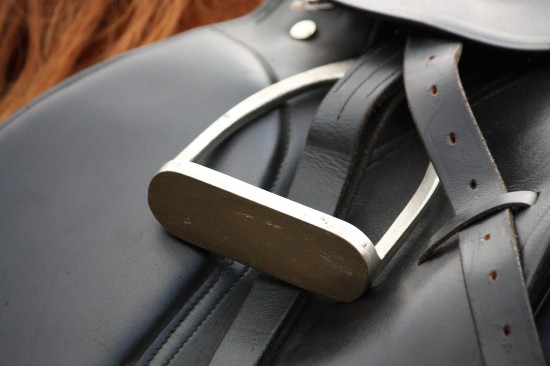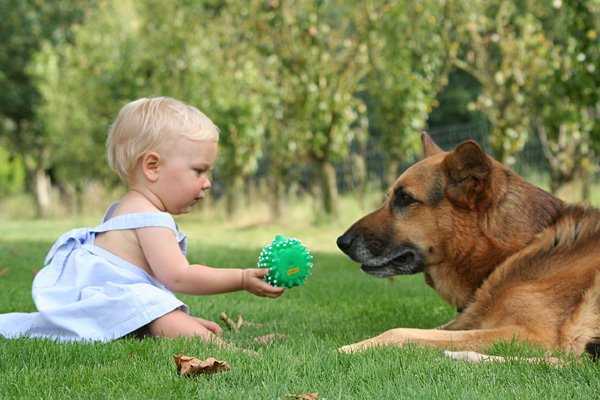
If you have noticed a foul odor coming from your dog's mouth, chances are your dog may have dental disease that requires veterinary care. The smell is not simply "dog breath". The odor comes from a combination of bacteria, infection, and inflammation and is no more 'normal' for your dog than it would be for you. This article describes how to examine your dog's mouth for signs of dental disease that require veterinary attention, so that you can keep your pet happy and healthy.
Have you noticed an unpleasant odor coming from your dog's mouth? Is it becoming less enjoyable to spend time with your dog because you can't stand the smell? We've all heard the expression "dog breath", and it's a common misconception that it is normal for dogs to have a foul smelling mouth. However, the truth is that halitosis, or foul breath, is no more normal for a dog than it is for a human. In fact, it is a major sign that your dog needs veterinary attention.
Take a moment and imagine what would happen if you lived your entire life without any dental care, or even brushing your teeth. Your teeth would most likely be in pretty poor condition, and you would be dealing with cavities, infection, and pain. Many dogs go their entire lives without dental care with the same results, which has a negative effect on the quality of life for the animal.
If you have noticed a bad smell in your dog's mouth, take a moment to investigate further. Lift your dog's lip up and look at the teeth. Try to get a good look at the cheek teeth in the back of the mouth as well. What do you see? Do you notice an accumulation of hardened, brown material on the teeth? If so, your dog probably needs a dental cleaning at the minimum. The hardened, brown material is called calculus, and it is the result of the interaction between the dog's saliva and the bacteria in the mouth. Although regular brushing helps to prevent calculus formation, it cannot be removed by brushing ?it must be removed by your veterinarian using ultrasonic scaling instruments. If left untreated, the calculus will lead to gingivitis and, eventually, infection and pain.
Take a look at your dog's gum line above his teeth. How does it look? The color of your dog's gums should be about the same color as your own ?light pink. If the gums are reddened and inflamed, this indicates that your dog has gingivitis. Are there areas of the gums that are recessed, so that more of the tooth is exposed than there should be? This is called gingival recession, and exposes the root of the tooth to the environment, and can be very painful. Do you see any pus at the gum line? If so, this indicates severe infection, and requires immediate attention.
Finally, examine the individual teeth a little bit closer. Are there any fractured, or broken, teeth? Are any of the teeth loose? Loose teeth are an indication of advanced periodontal disease. Periodontal disease is disease of the supportive structure of the teeth ?the bone, ligaments, and other tissue that keeps the teeth in place. Periodontal disease is graded on a scale of 1 to 4, with 4 being the most severe. The teeth do not become loose until the disease has advanced to stage 3 or 4, so loose teeth always indicate a need for veterinary attention.
Most of us take care of our own teeth. We brush two or three times daily, visit the dentist twice yearly, and we certainly seek dental care when we are experiencing dental pain. Why not do the same for our pets? Dental disease has a huge effect on the quality of life of our pets. If you are noticing any of the above signs of dental disease in your dog, get to your veterinarian, and find out what needs to be done to keep your dog happy and healthy.
 The Role Of The Farrier In Hoof Care
The Role Of The F
The Role Of The Farrier In Hoof Care
The Role Of The F
 The Saddle, Types And Development
The Saddle, Types
The Saddle, Types And Development
The Saddle, Types
 Gmo Ingredients In Dog Food - Some Common Myths
Gmo Ingredients I
Gmo Ingredients In Dog Food - Some Common Myths
Gmo Ingredients I
 Rabbit Care Calendar - Month By Month Care Advice For Your Rabbit
Rabbit Care Calen
Rabbit Care Calendar - Month By Month Care Advice For Your Rabbit
Rabbit Care Calen
 Housebreaking a Schnauzer Puppy
Housebreaking a Schnauzer Puppy
A Schnauzer Pu
Housebreaking a Schnauzer Puppy
Housebreaking a Schnauzer Puppy
A Schnauzer Pu
Copyright © 2005-2016 Pet Information All Rights Reserved
Contact us: www162date@outlook.com